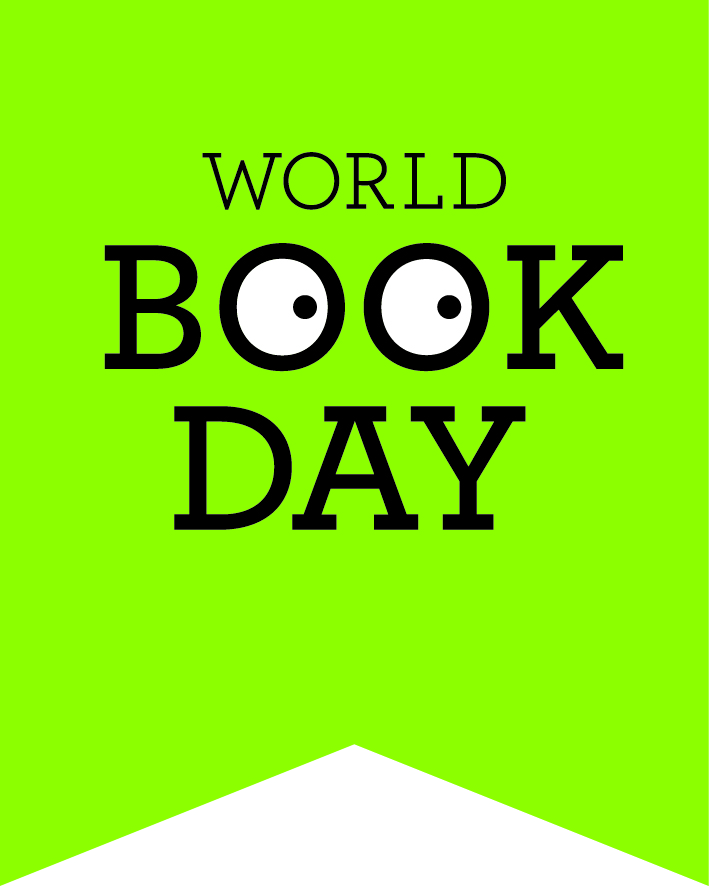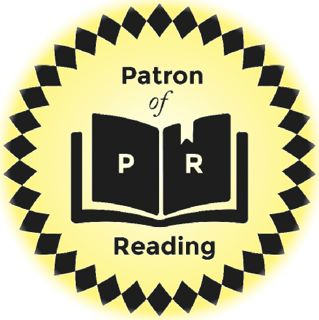
4. I become an archaeologist
Travelling back in time
My secondary school was Highfields, Wolverhampton ...
It was the school with its very own observatory, a cross-country run that took us across the farmers' fields of south Staffordshire, and a science room where every experiment seemed to result in an explosion or a terrible smell.
It was the school where my interest in history blossomed. In particular, I became interested in archaeology, and loved going on family visits to nearby historic sites.
The Roman town of Wroxeter (the Romans called it Viroconium), near Shrewsbury, was a firm favourite. It had been the fourth largest town in Roman Britain, with a population of 5,000 people. The Romans had built it on the flat plain at the foot of the Wrekin (that hill again), and although most of it was now buried under fields, the mystery of what might be there fired my imagination.

I remember on one visit meeting a man who told me the following story. He'd been walking his pet dog and it disappeared down a rabbit hole (it must have been a very small dog!). As the dog scratched at the soil it kicked oyster shells out of the hole. "But we're a long way from the sea," I said. "How did oyster shells end up buried in a field in the middle of England?" The man explained how the Romans loved to eat oysters, and the oyster shells were a clue to something Roman buried under the ground.
That was it. From that moment on, I knew I wanted to be an archaeologist – someone who found out about people who lived in the past, usually by digging into the ground to uncover whatever they had left behind (but, hopefully, more interesting than oyster shells!).

I went on to study Ancient History and Archaeology at the University of Birmingham. When I was a student I worked on excavations ('digs') from the Orkney Islands, north of Scotland, to the shores of Lake Garda, northern Italy. It was great fun, and I really enjoyed my time at university.

After leaving university I got a job as an archaeologist at the Ironbridge Gorge Museum, near Telford, Shropshire.*
The Ironbridge Gorge is the birthplace of the Industrial Revolution, and at its heart is the world famous Iron Bridge, the very first bridge built entirely from iron.
Part of my work at the Museum was to write excavation reports. I enjoyed writing about what I'd found, and this started me thinking that I could write for the public.
I began to write non-fiction articles for magazines and newspapers. Most of the articles were about history. I wrote about things that interested me. I thought other people would find them interesting, too.
My work at the Museum ended in 1982, and I found myself at a crossroads, not sure whether to stay in archaeology or try something else. I knew how much I enjoyed writing and working with words, so I thought about looking for work in the publishing industry.
If I worked for a publishing company I would meet famous authors and get to read their books before anyone else did (that's what I thought publishing was about), and maybe, just maybe, I'd get the chance to show off my writing skills, too.
Did any of this happen? Read page 5 to find out what happened next.
* You'll have a great family day out at the Ironbridge Gorge Museum.
Click here for details:
Ironbridge Gorge Museum






